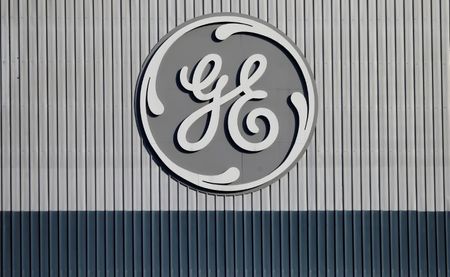GE Aviation and its CFM joint venture partner Safran Aircraft Engines have announced that; they will work together to develop new aircraft engines which could cut carbon emissions by more than a fifth from today’s levels.

The CFM International joint venture is the world’s largest jet engine maker; having delivered more than 30,000 engines to hundreds of operators since it was founded in 1974.
The companies have extended their partnership through 2050.
CFM International are launching a new program, ‘RISE’; to develop and trial new technology which could improve the efficiency of aircraft.
The ‘RISE’ engine is being framed as a possible successor to the ‘LEAP’ model used in some Boeing 737 and Airbus A320 models.
It aims for its novel engine architecture to reduce fuel consumption by more than 20 per cent; and be compatible with sustainable aviation fuel and hydrogen.
Specifically, the companies hope to design an open-fan aircraft engine; which exposes previously hidden whirring parts to capture more air and maximise efficiency.
Previous attempts to develop such engines – which go back nearly 40 years – have struggled with concerns such as noise; but Safran said that a prototype tested in 2017 had produced no more noise than the LEAP.
Safran CEO Olivier Andriès told Reuters: “I am very confident we will meet the most stringest noise regulations […] and safety requirements.”
They also teased the possibility of composite fan blades; and incorporating heat-resistant metal alloys; and additive manufacturing.
It hopes it will begin testing a prototype engine before 2030; followed by flight tests.
The engine could be commercially available from the mid-2030s.
Andriès added: “Through the extension of our CFM partnership to 2050; we are today reaffirming our commitment to work together as technology leaders; to help our industry meet the urgent climate challenges.”
John Slattery, CEO of GE Aviation, commented that the joint venture is “the strongest it has ever been” and that; it would; “take the next generation of single-aisle aircraft to a new level of fuel efficiency and reduced emissions.”
The aviation industry contributes approximately two per cent of global carbon emissions; and is facing the twin pressures of recovering from a severe pandemic-related slump and cutting its carbon emissions; in line with widespread ambitions to reach net-zero emissions by 2050.
An ambitious roadmap for cutting emissions in line with this target in the Europe region proposes cutting 92 per cent of carbon emissions; through technologies such as sustainable jet fuel, hydrogen, and hybrid-electric propulsion; as well as through carbon pricing and improved air traffic management.
Last year, Airbus announced its intention to produce a hydrogen-powered plane by 2035; although reports suggest that its aircraft will continue to rely on conventional jet engines until at least 2050.
Support InfoStride News' Credible Journalism: Only credible journalism can guarantee a fair, accountable and transparent society, including democracy and government. It involves a lot of efforts and money. We need your support. Click here to Donate
